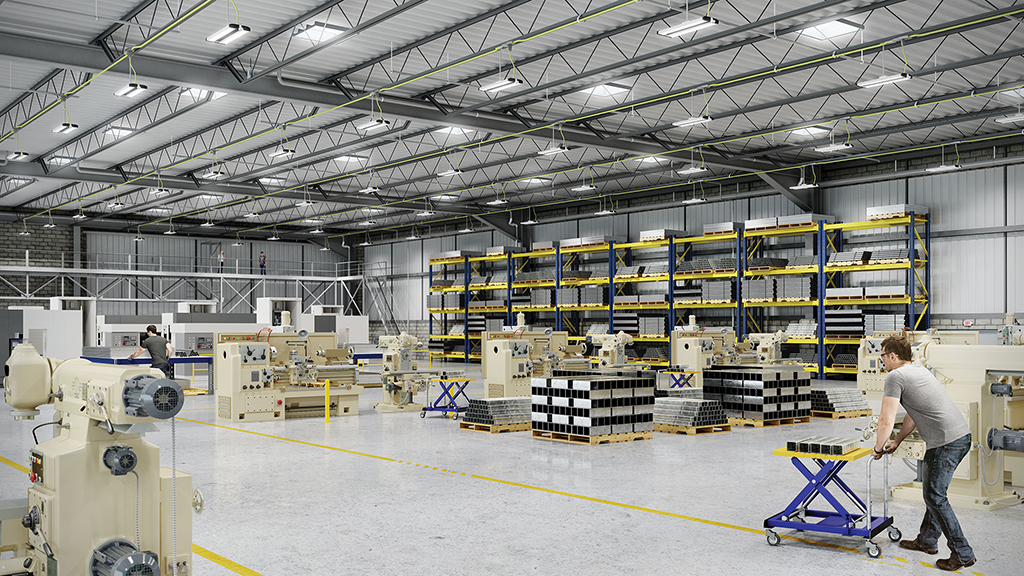
How are LEDs evolving and impacting businesses? With the New Year comes new opportunities and this is certainly true with LEDs. There are now high quality LED luminaires for street, area and landscape lighting; down lighting; track lighting; shelf and display lighting; decorative fixtures; 2X2 and 2X4 recessed luminaires for general ambient light; even high brightness high bay luminaires. The directional nature of LED sources allows for more of the lumens generated to be emitted from the luminaire compared to traditional light sources making these luminaires extremely efficient. The advancements in LED technology has lead to higher efficacy and higher lumen LED chips, as well as chip on board technology minimizing or eliminating heating sinking requirements, enabling the development of luminaires for general ambient lighting that deliver more than 100 lumens per watt. Most indoor luminaires typically have a rated life of 50,000 hours (L70), but there are many street and area lighting luminaires with life ratings in the 70,000 to 100,000 hours range. Color consistency fixture-to-fixture and color stability over life is being address with “hot binning” of LED chips or the incorporation of intelligent active color control into the LED system to maintain the color within a two-step or three-step Macadam color ellipse minimizing perceptual color differences. There are also a variety of phase cut, 0-10 V, DALI and wireless lighting controls that have been developed for dimming of LED lamps and luminaires down to 5 to 20 percent.
Boston Interiors Photo Credit: Shannon Creeden
One example of LED technology making a difference for businesses is Boston Interiors, a family owned and operated furniture retailer with seven locations throughout Massachusetts that sought to reduce operating costs at its retail locations. Having identified lighting as an area that could offer significant savings, it was also critical to Boston Interiors that its lighting provided excellent color rendering to highlight its quality furniture and catch customers’ eyes. Boston Interiors selected its retail store in Stoughton, Mass. as the pilot location for upgrading the lighting to LEDs. Having selected OSRAM SYLVANIA’s ULTRA High Performance series PAR38 LED retrofit lamps to replace the existing 60-watt halogen lamps throughout the store, Boston Interior was very satisfied with the quality of light and color rendering of the ULTRA High Performance Series LEDs.
As a result of the retrofit to LED lighting, Boston Interiors will save more than $8,000 annually in energy and maintenance costs at its Stoughton store. Over the lifetime of the lamps, the savings will total nearly $100,000 over approximately 12 years. In addition to the energy and maintenance savings, Boston Interiors has also noticed savings in cooling the Stoughton store. Because OSRAM SYLVANIA’s LED lamps produce far less heat than halogen lamps, Boston Interiors has not needed to rely on its HVAC system quite as much since the LED lighting was installed.
In addition to cost savings, the LED lighting has enabled Boston Interiors to reduce its carbon footprint, as the company is committed to green initiatives. The retrofit is a major contributor in helping reduce the store’s energy consumption by 48,315 kWh, the equivalent of 74,163 pounds of carbon dioxide.
The advancements in LED technology and more reasonable price points for LED luminaires definitely makes LED lighting solutions worth looking at. Remember, not all LED solutions are alike and requires doing your homework. Before deciding on an LED solution, it is best to install a few luminaires and evaluate its performance before making a final decision.




